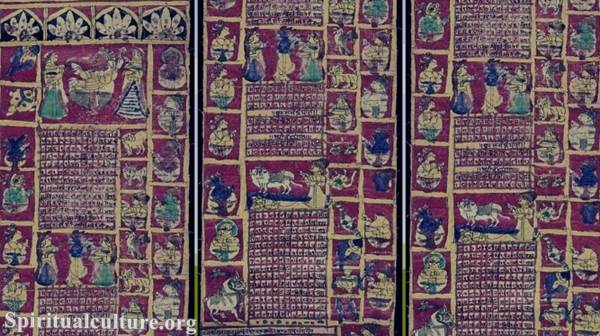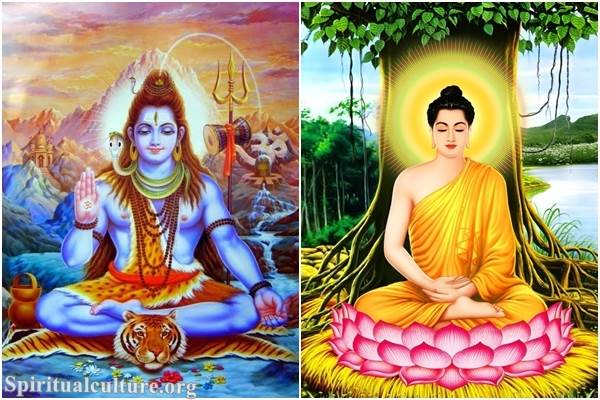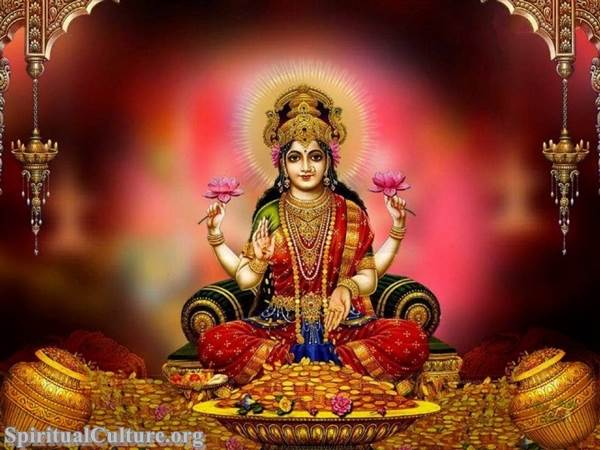Rooted in ancient history and tied to the legendary King Shalivahana, this calendar has guided not only the religious and cultural life of millions but also influenced the official timekeeping practices in India. Despite the prevalence of the Gregorian calendar globally, the Shalivahana Shaka Calendar remains a vital part of India’s identity, symbolizing the nation’s deep connection to its historical past and cultural traditions.
Historical Background
Origin of the Shalivahana Shaka Calendar
The origins of the Shalivahana Shaka Calendar can be traced back to 78 AD, a period marked by significant political and cultural transformations in ancient India. The calendar is believed to have been instituted to commemorate the victory of King Shalivahana over the invading Saka tribes. This victory not only solidified Shalivahana’s reign but also established a new era, known as the Saka Era, which forms the basis of the Shalivahana Shaka Calendar.
 The Saka Era, which commenced in 78 AD, represented a new dawn in Indian history, particularly in the Deccan region, where King Shalivahana’s influence was most pronounced. The establishment of the Saka Era was not merely a political act; it was a cultural assertion that symbolized the end of foreign domination and the beginning of indigenous sovereignty. The calendar thus serves as a chronicle of this pivotal moment in Indian history, embedding within it the values and victories of the time.
The Saka Era, which commenced in 78 AD, represented a new dawn in Indian history, particularly in the Deccan region, where King Shalivahana’s influence was most pronounced. The establishment of the Saka Era was not merely a political act; it was a cultural assertion that symbolized the end of foreign domination and the beginning of indigenous sovereignty. The calendar thus serves as a chronicle of this pivotal moment in Indian history, embedding within it the values and victories of the time.
Connection to King Shalivahana
King Shalivahana, also known as Gautamiputra Satakarni, was one of the most illustrious rulers of the Satavahana dynasty, which reigned over large parts of central and southern India. His reign is remembered for its military conquests, administrative reforms, and patronage of the arts and culture. The Shalivahana Shaka Calendar is named in his honor, symbolizing his enduring legacy and the era of stability and prosperity he ushered in.
The connection between King Shalivahana and the calendar is not just nominal. The establishment of the Saka Era under his rule is often seen as a reflection of his efforts to consolidate his kingdom and assert the cultural identity of his people. By instituting a new calendar, Shalivahana effectively created a temporal framework that resonated with the socio-political aspirations of his time, providing a lasting legacy that continues to influence Indian society to this day.
The Saka Era and Its Significance
The Saka Era, which forms the foundation of the Shalivahana Shaka Calendar, is one of the most significant eras in Indian history. Its adoption marked a conscious effort to standardize timekeeping across vast regions of the Indian subcontinent, reflecting the growing need for a unified temporal system in a culturally and geographically diverse landscape.
The significance of the Saka Era extends beyond its historical origins. It has been used as a reference point in various Indian texts, inscriptions, and official records, making it a crucial element in the study of Indian history and chronology. Moreover, the Saka Era is not confined to India alone; it has had a profound influence on the calendars of Southeast Asia, showcasing the widespread impact of Indian culture and civilization.
Structure of the Calendar
Months and Their Names
The Shalivahana Shaka Calendar is meticulously structured, with each of its twelve months carrying a name steeped in Sanskrit tradition. The months—Chaitra, Vaishakha, Jyeshtha, Ashadha, Shravana, Bhadrapada, Ashwin, Kartika, Margashirsha, Pausha, Magha, and Phalguna—are closely aligned with the lunar cycle, ensuring that the calendar remains in harmony with natural rhythms.
Each month in the Shalivahana Shaka Calendar has its own significance, often tied to agricultural activities, religious observances, or climatic conditions. For instance, Chaitra, the first month, heralds the onset of spring and is associated with new beginnings and the blossoming of life. Vaishakha, the second month, is considered highly auspicious in Hindu tradition, often associated with the birth of Lord Buddha and the festival of Akshaya Tritiya.
The names of the months reflect the deep connection between the calendar and the cultural life of ancient India. They are derived from Sanskrit, the language of scholarship, religion, and governance in ancient India, further underscoring the calendar’s roots in the subcontinent’s intellectual and spiritual traditions.
Calculation of Days and Leap Years
The Shalivahana Shaka Calendar employs a sophisticated system for calculating days and accounting for leap years. It follows a luni-solar approach, which combines the lunar months with the solar year to create a harmonious balance between the two.
In this calendar, each month is divided into two distinct phases: Shukla Paksha (the waxing phase of the moon) and Krishna Paksha (the waning phase of the moon). This division not only aligns the calendar with the lunar cycle but also imbues it with a cyclical rhythm that mirrors the natural ebb and flow of time.
To maintain alignment with the solar year, the Shalivahana Shaka Calendar introduces a leap month, known as Adhika Masa, approximately every three years. This additional month ensures that the calendar remains synchronized with the seasonal changes, preventing any significant drift over time. The insertion of the leap month is a testament to the calendar’s adaptability and its ability to maintain accuracy over long periods.
Luni-Solar Characteristics
The luni-solar nature of the Shalivahana Shaka Calendar is one of its defining features. Unlike purely lunar or solar calendars, the Shalivahana Shaka Calendar harmonizes both the moon’s phases and the sun’s annual course, creating a timekeeping system that is both astronomically precise and culturally relevant.
The lunar months are crucial for determining the dates of religious festivals and rituals, which are often tied to specific phases of the moon. For example, the festival of Diwali is celebrated on the new moon day of the Kartika month, while Holi is observed on the full moon day of Phalguna. These festivals, deeply embedded in the Indian psyche, are timed according to the lunar cycle, making the Shalivahana Shaka Calendar an essential tool for their observance.
On the other hand, the solar year ensures that the calendar remains in sync with the agricultural cycles, which are governed by the sun. This alignment is particularly important in an agrarian society like India, where the success of crops depends on the precise timing of sowing and harvesting activities. The Shalivahana Shaka Calendar, with its luni-solar characteristics, thus serves as a bridge between the spiritual and the practical, guiding both religious observances and agricultural practices.
Uses of the Shalivahana Shaka Calendar
Agricultural Significance
The agricultural significance of the Shalivahana Shaka Calendar cannot be overstated. As a predominantly agrarian society, India has relied on the calendar to guide farmers in their planting and harvesting activities. The calendar’s alignment with the solar year ensures that it remains in tune with the changing seasons, providing a reliable framework for agricultural planning.
The beginning of the new year in Chaitra, which usually falls in March-April, marks the onset of the spring season, a critical time for sowing crops. This period is considered highly auspicious for agricultural activities, and farmers across India look to the calendar to determine the best times for planting, irrigating, and harvesting their crops.
In addition to guiding agricultural activities, the calendar also plays a crucial role in predicting weather patterns and seasonal changes. The months of Ashadha and Shravana, for example, are associated with the monsoon season, a time of vital importance for rain-fed agriculture in India. By aligning agricultural activities with these natural cycles, the Shalivahana Shaka Calendar has helped generations of farmers optimize their yields and sustain their livelihoods.
Cultural and Religious Observances
The Shalivahana Shaka Calendar is deeply intertwined with the cultural and religious life of India. It is the primary tool for determining the dates of major Hindu festivals, religious ceremonies, and other significant events. These observances are often tied to specific lunar phases, making the calendar indispensable for maintaining the rhythm of religious life.
Among the most important festivals governed by the Shalivahana Shaka Calendar are Diwali, the festival of lights; Holi, the festival of colors; and Raksha Bandhan, the festival celebrating the bond between brothers and sisters. Each of these festivals is timed according to the lunar cycle, with the dates varying from year to year based on the phases of the moon.
In addition to these major festivals, the calendar also guides the timing of various regional and local observances. These include harvest festivals, temple celebrations, and other rituals that are unique to different parts of India. The calendar’s ability to accommodate these diverse traditions is a testament to its cultural flexibility and its central role in preserving India’s rich religious heritage.
Official Government Usage in India
The Shalivahana Shaka Calendar holds official status in India, where it is used alongside the Gregorian calendar for determining public holidays, government documents, and official events. The Indian government recognizes it as the national civil calendar, making it a key part of the country’s administrative system.
The adoption of the Shalivahana Shaka Calendar as the official civil calendar of India reflects its historical and cultural significance. It is used to mark the dates of important national events, such as the Indian Independence Day on August 15, which falls on the 24th of Shravana in the Shalivahana Shaka Calendar. Similarly, the Indian Republic Day on January 26 corresponds to the 6th of Magha.
In addition to its use in government and administrative matters, the calendar also plays a role in the Indian education system. School textbooks and academic calendars often include dates from both the Gregorian and Shalivahana Shaka calendars, helping students develop an understanding of India’s dual timekeeping traditions. This practice ensures that the calendar remains relevant in contemporary society, bridging the gap between ancient traditions and modern life.
Influence on Other Regional Calendars
The influence of the Shalivahana Shaka Calendar extends beyond its immediate geographical region. It has served as a model for various regional calendars in India, such as the Bengali, Tamil, and Malayalam calendars. These regional variants often share similar structures and month names, with slight adaptations to local traditions and customs.
In the Bengali calendar, for example, the months are similar to those in the Shalivahana Shaka Calendar but are pronounced differently. The Tamil calendar, used in the southern state of Tamil Nadu, also shares a common ancestry with the Shalivahana Shaka Calendar, reflecting the spread of the Saka Era’s influence across the subcontinent.
The Shalivahana Shaka Calendar’s impact is not limited to India alone. It has also influenced the calendars of neighboring countries, particularly in Southeast Asia. In countries like Indonesia and Thailand, the Saka Era served as the basis for local calendars, demonstrating the far-reaching cultural and historical connections between India and these regions.
Conclusion
The Shalivahana Shaka Calendar is not just a tool for measuring time; it is a living symbol of India’s rich cultural heritage, historical legacy, and deep connection to the rhythms of nature. From its origins in the Saka Era to its continued use in modern India, the calendar remains a vital part of the nation’s identity.
Whether guiding the agricultural practices of farmers, determining the dates of religious festivals, or marking the passage of time in government documents, the Shalivahana Shaka Calendar serves as a bridge between India’s ancient past and its dynamic present. It is a testament to the enduring power of tradition and the ways in which history continues to shape contemporary life.
As India moves forward in the 21st century, the Shalivahana Shaka Calendar remains a reminder of the nation’s roots, offering a sense of continuity and cultural pride in an increasingly globalized world. Its significance, both practical and symbolic, ensures that it will continue to be an integral part of India’s cultural fabric for generations to come.




